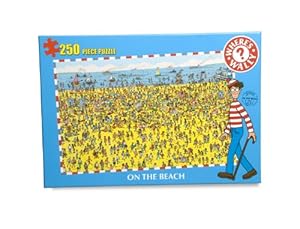The last time I even stepped foot in a nursery classroom was 16 years ago when I was there as a learner. I have nothing but fond memories of nursery- playing in the sand pit, making new friends, playing houses or schools, playing outside in all weather conditions and even sitting in the reading corner by myself with a picture book.
Tomorrow I’m going back as a teacher. Throughout the rest of this university semester I will be visiting a Dundee City Council Nursery every Wednesday afternoon to talk and play with the children. The purpose of this is to help my own transition into my official early years placement next semester. The vast majority of my teaching experience is with the upper years of primary school and with secondary school pupils. My first year university placement was in a P.7 class and during my Learning from Life placement in second year I mainly taught high school and college classes. Although I wouldn’t ever change the experiences I’ve already had- as they’ve all been hugely beneficial in building my confidence as a teacher- I’m excited to get some brand new experience and have some brand new opportunities to learn and grow as a teacher and as a person.
I’m also very interested to see how a nursery may have changed over the past 16 years. Do the children have more or less time to play and learn freely? What games will the children be playing outside? What will the children’s discussions be about? Will there still be a reading corner and will there be children using and enjoying it? The world has changed incredibly quickly over the past 16 years and I’m intrigued to see how this comes across when I compare the generation of children I will be working with to the generation I grew up with.
Despite my lack of experience working with children in the Early Years I don’t feel at all nervous. Personally I think working with and talking to younger children comes a lot more naturally to me than working with older children (hopefully I’m not proven wrong..!) and I’m very excited to get stuck in and play all the games children’s imaginations can think of!













